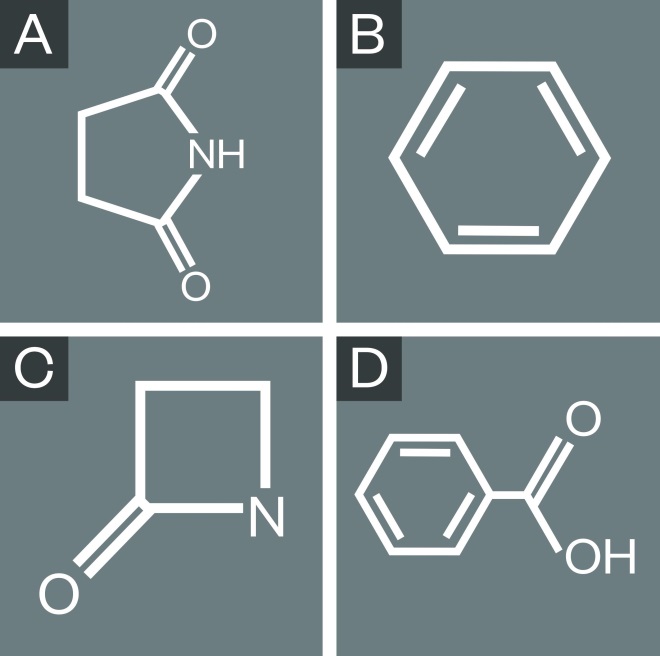
Rex Features and Science Photo Library
This year The Pharmaceutical Journal and sister title Clinical Pharmacisthave covered a wide range of clinical topics relevant to pharmacists of all sectors and experience. From self-limiting skin conditions to advanced stage cancers, the topics covered reflect the range of clinical challenges pharmacists face.
Test your knowledge of the subjects we have covered. If you find any gaps in your knowledge, head to pharmaceutical-journal.com, where you can find these and a library of many more CPD articles designed to improve your practice skills. You can also take a 15-question quiz on many of these subjects to check your understanding and print off a certificate if you pass the assessment.
Ebola virus disease

Source: Rex Features
1. The current outbreak in West Africa of Ebola, pictured, is the most widespread ever recorded. Which fact about this potentially fatal haemorrhagic disease is false?
A: Ebola has an incubation period of 4-21 days
B: Ebola can be transmitted from direct contact with affected corpses
C: Ebola is spread by sneezing or coughing
D: Ebola can be sexually transmitted
Sexually transmitted infections

Source: CDC / Science Photo Library
2. Treponema pallidum, pictured here, causes syphilis, as well as other treponemal diseases such as bejel, pinta and yaws. Which of the following is a first-line treatment option for acquired primary syphilis?
A: Azithromycin 1g orally as a single dose
B: Benzathine benzylpenicillin 2.4 million units intramuscularly as single dose
C: Probenecid 500mg orally four times a day for 28 days
D: Minocycline 300mg as an initial oral dose then 200mg orally twice a day for 21 days
Acne vulgaris

Source: Science Photo Library
3. This patient has acne with comedones and inflammatory papules and pustules, which are present on his back as well as his face. What type of acne does this patient have?
A: Comedonal acne
B: Moderate papulopustular acne
C: Severe papulopustular acne
D: Conglobate acne
From:
Acne vulgaris
Theophylline interactions

Source: Science Photo Library
4. Theophylline is used to manage emphysema, a form of chronic obstructive pulmonary disease (COPD) which damages the alveoli (shown here), Which of the following statements about quitting smoking while taking theophylline is true?
A:
Quitting smoking decreases serum theophylline levels
B:
Varenicline is contraindicated
C:
NRT is contraindicated
D:
The maximum recommended dose of bupropion is 150mg a day
Fruit juice interactions

Source: Dreamstime.com
5. Fruits and fruit juices, in particular citrus fruits, can interact with medicines. Which of the following medicines is not known to interact with grapefruit juice?
A: Amiodarone
B: Rosuvastatin
C: Ciclosporin
D: Felodipine
Gout

6. You are asked by a senior house officer to recommend a treatment option for a patient with acute gout, who has been advised not to use non-steroidal anti-inflammatory drugs (NSAIDs) because of severe asthma. The patient has one toe affected, which has white and yellow lumps apparent under the skin. What should you recommend?
A: Colchicine
B: Intra-articular corticosteroid injection
C: Allopurinol
D: Febuxostat
Long QT syndrome

7. A patient presents with heart palpitations, syncope and seizures. As part of his assessment, the patient has a 12-lead electrocardiogram, which provides the following trace. Which of the following numbered points represent the QT interval?
A: 1-4
B: 2-5
C: 2-6
D: 2-4
From:
Long QT syndrome
Stevens-Johnson syndrome

Source: Science Photo Library
8. Stevens-Johnson syndrome (pictured here) and toxic epidermal necrolysis are life-threatening dermatological conditions often caused by medicines. Which of the following medicines is most strongly associated with Stevens-Johnson syndrome?
A: Theophylline
B: Carbamazepine
C: Levothyroxine
D: Finasteride
From:
Stevens-Johnson syndrome
Antimicrobial resistance

9. The beta lactam ring is a common molecular component of many antimicrobials. However, it can be hydrolysed by beta-lactamases produced by bacteria, resulting in antimicrobial resistance. Which structure represents a beta-lactam ring?
A: Option A
B: Option B
C: Option C
D: Option D
Canagliflozin and dapagliflozin interactions

Source: Science Photo Library
10. Canagliflozin is an antidiabetic medicine used to treat diabetes and works by blocking the reabsorption of glucose by sodium-glucose co-transporter 2 in the proximal convoluted tubule of the kidneys (shown here). Patients taking canagliflozin are at increased risk of which of the following adverse effects?
A: Hypertension
B: Hyperglycaemia
C: Hyperkalaemia
D: Thrombocytopenia
From:
Canagliflozin and dapagliflozin interactions in diabetes treatment
Answers:
1) C; 2) B; 3) C; 4) D; 5) B; 6) A; 7) C; 8) B; 9) C; 10) C
You might also be interested in…

CPD Learning for Pharmacists

Test yourself: the 2021 CPD and learning quiz
